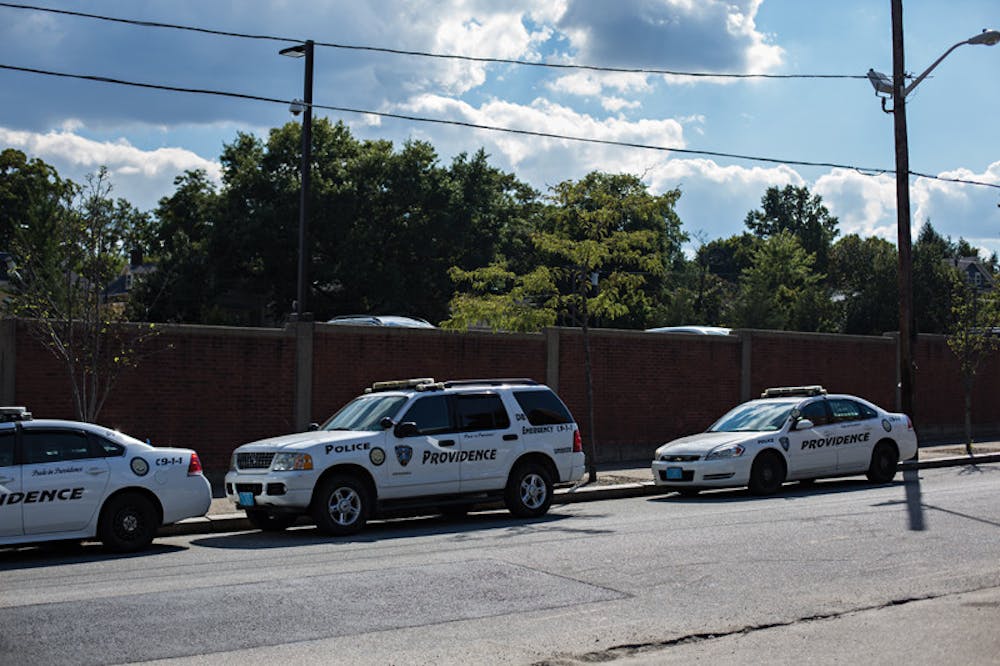Rhode Island’s capital city may be the safest it has been in decades. This year, there have been 186 fewer reports of burglary, 83 fewer reports of robbery and 65 fewer reports of aggravated assault with a firearm than last year, according to the Providence Police Department’s Weekly Crime Comparison Report.
The rate of crime in Providence reached a 42-year low in 2013, wrote Providence Police Lieutenant Dean Isabella in an email to The Herald. The number of crimes reported in all categories, from larceny to assault, has decreased since 2013 alone, he added.
Crime in the College Hill neighborhood decreased in all areas except for larceny from motor vehicles and burglaries, aggravated assault, motor vehicle theft and vandalism, which rose 6 percent, 57 percent, 40 percent, 3 percent and 11 percent, according to the report. The neighborhood also saw two liquor law violations, up from one last year.
Paul Shanley, deputy chief of police at the Department of Public Safety, said he attends a statistics meeting with the Providence Police every Tuesday to get an idea of crime rates and trends throughout the city. Shanley said he noticed a rise in vehicle break-ins around Brown’s campus to pilfer belongings left in plain view, like laptops, briefcases and GPS devices.
Otherwise, the University and Providence communities have experienced predominantly positive changes, particularly in recent years as the University has dedicated more resources to campus safety, Shanley said.
Though Isabella said College Hill has been a historically safe area, Shanley attributes the neighborhood’s safer environment to the University’s expanded shuttle and on-call transportation services.
Brown community members also appreciate the contracted security personnel, referred to as “Yellow Jackets,” stationed at various points across campus, Shanley said.
DPS officers patrolling in conjunction with Providence police has also led to wider visibility in the area, Shanley added.
“I think that the University has employed a lot of resources to make the area more secure and to make our community feel safer,” he said.
Providence’s improved crime rates are part of a national trend toward increased safety in urban environments, according to Stefano Bloch, a postdoctoral fellow in urban studies who teaches URBN 1230: “Crime and the City.”
“What you attribute the decline in crime to depends on who you ask,” Bloch said. “To some, it’s stringent police tactics. It’s good public policy.”
But Bloch said he attributes the change to a “huge, complex range of issues, from gentrification pushing people of economically disenfranchised communities out of urban centers, where there were typically clusters of crime, all the way to cultural trends,” such as fewer young people being led into violent subcultures.
Bloch added that the “suburbanization model” has inverted. Crime rates are rising on cities’ peripheries as upper-middle class white residents move back to urban areas and systematically edge out minority communities.
This trend has been evident in Providence, as outlying regions like South Providence, Olneyville and Chad Brown now experience the highest rates of reported crime, according to Isabella.
Though Bloch attributes urban safety to expanded police surveillance, the hallmark of the Providence Police Department’s improvement in areas like Olneyville is its community partnerships, for which they received the Community Policing Department of the Year Award by the New England Association of Chiefs of Police this year.

ADVERTISEMENT




